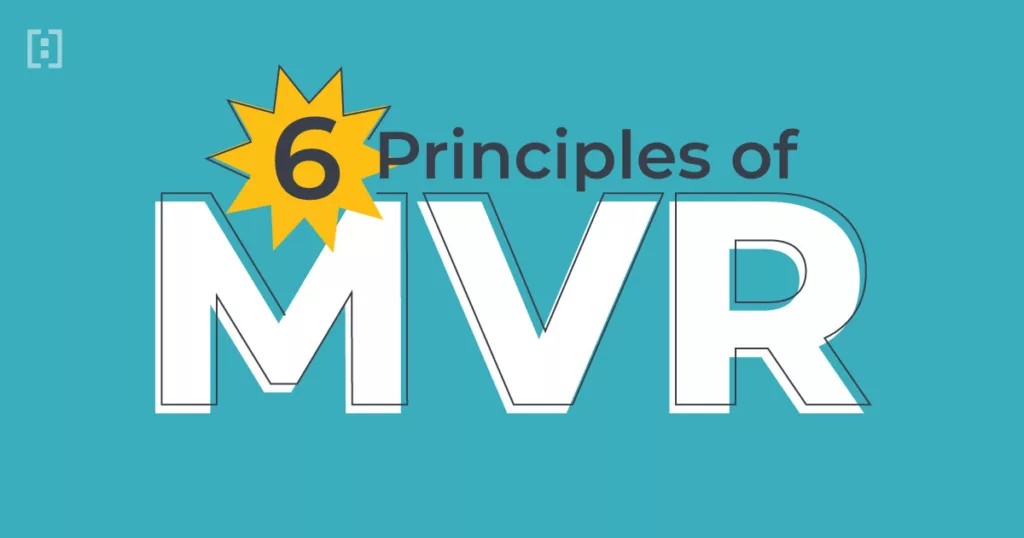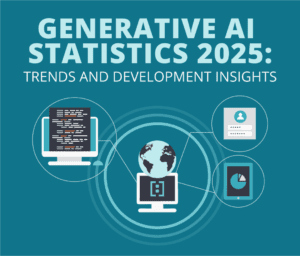Is your business struggling with outdated legacy systems that just don’t seem to keep up with the times? As much as you’d like to rip out those old systems and start fresh, it can be a costly and risky proposition. Especially when a solution has existing users and is driving revenue for your business.
That’s where Minimum Viable Replacement (MVR) comes in. A Minimal Viable Replacement (MVR) is an approach, popularized by Kevin Mireles, to replace a legacy solution that has an existing base of users or customers. It’s a modernization strategy that involves upgrading legacy systems incrementally, replacing only the most essential components with newer, more efficient technology.

Now, you might be thinking, “Isn’t that just putting a band-aid on the problem?” But hear us out. By upgrading your legacy systems in small, manageable increments, you can avoid the risks and high costs of a complete system overhaul, while still keeping your business up-to-date with modern technology, and more importantly running without interruption.
The MVR approach is guided by 6 key principles, each of which plays an important role in the successful modernization of legacy solutions. In this blog, we’re going to dive deep into those 6 principles and show you how to put them into action. By the end, you’ll have a better understanding of how MVR can work for your business and how to start your journey toward more efficient and modern solutions. Let’s get started!
- Principle 1: Compete against your existing product
- Principle 2: Prioritize your most valuable users
- Principle 3: Identify your most critical workflows
- Principle 4: Focus on improving function, experience, and technology
- Principle 5: Prioritize incremental enhancements over big bang
- Principle 6: Understand how customers use your product
- Summary
Principle 1: Compete against your existing product
MVPs are focused on incumbent competitors that own the market. There is also competition from existing behaviors and status quo, which can sometimes be an MVP’s biggest competition.
However, when you are modernizing or digitally transforming an existing solution, your biggest competition is your existing solution. This is where human nature comes into play. Users are already familiar with using your existing solution and will prefer it even when it doesn’t make logical sense.
The two core psychological phenomena at play in an MVR are:
Endowment effect: People are more likely to retain an object they own rather than acquire a similar object (either in value or appearance). In essence, people feel a sense of ownership over the systems and technology they currently use and are not typically gung-ho about giving it up.
Loss aversion: People value losses more than they value potential gains. Not just by a little either. They tend to value it by 2 to 4 times more. Anything less than that is likely to be perceived as incredibly negative. In essence, a bird in the hand is worth two in the bush.
We are ultimately creatures of habit, which makes an MVR unique.
Principle 2: Prioritize your most valuable users
In any existing solution, you have many user segments, and they are not all equal. Typically there will be smaller user groups that either make up a majority of the product usage or a majority of the product’s revenue.
In either case, you must prioritize understanding your most valuable users’ needs, pain points, and desires first.
Principle 3: Identify your most critical workflows
While user segments are important, the workflows they leverage are even more critical. Prioritize the highest value workflows first and understand what parts of the system they touch.
This detail will directly impact the approach you take with your MVR, and will help define the incremental value you provide.
Principle 4: Focus on improving function, experience, and technology
MVPs focus on validating a market and an idea. With an existing solution, your product has already been validated. The focus should instead be on improving your existing solution to better serve your target users.
While technology is typically front and center with any modernization project, you can not miss the opportunity to improve and sometimes completely reimagine both the function and experience of your solution. The design of your solution is critical to adoption and ongoing use, and can not be overlooked.
Principle 5: Prioritize incremental enhancements over big bang
This is the one principle that is similar to an MVP approach. However, it is more nuanced and critical that the increments are clearly defined, and will not disrupt the existing users’ use of the current solution.
There are three standard approaches: Functional, Process, and Add-On that are detailed in our MVR overview: Minimum Viable Replacement: A New Approach to Modernizing Legacy Solutions.
Identifying the one that works best for your modernization project is critical to its success.
Principle 6: Understand how customers use your product
Your product will be used in ways you never intended. This must be understood and considered when improving the function and flow of your solution. Otherwise, you may be missing critical workflows that are not formally documented.
In order to understand this, it is imperative that you perform proper discovery and actually talk to actual users of the solution to understand from a qualitative standpoint how they use your solution.
You should also leverage any tools that provide quantitative data about how the system is used. This can include tools like Hotjar as well as system usage data.
Summary
In conclusion, Minimum Viable Replacement is a smart way to modernize your product without the high cost and risk of a complete overhaul. By following these 6 principles, you can ensure the success of your MVR strategy and keep your product up-to-date with the latest technology.
Remember to prioritize the most valuable users, identify the most critical workflow, focus on improving function, experience, and technology, prioritize incremental enhancements over big bang, and understand how customers use your product. With these principles in mind, you can modernize your product gradually and keep up with the competition.
Talk to Our AI Experts
AI is transforming every business.
Make sure it transforms yours for the better.




